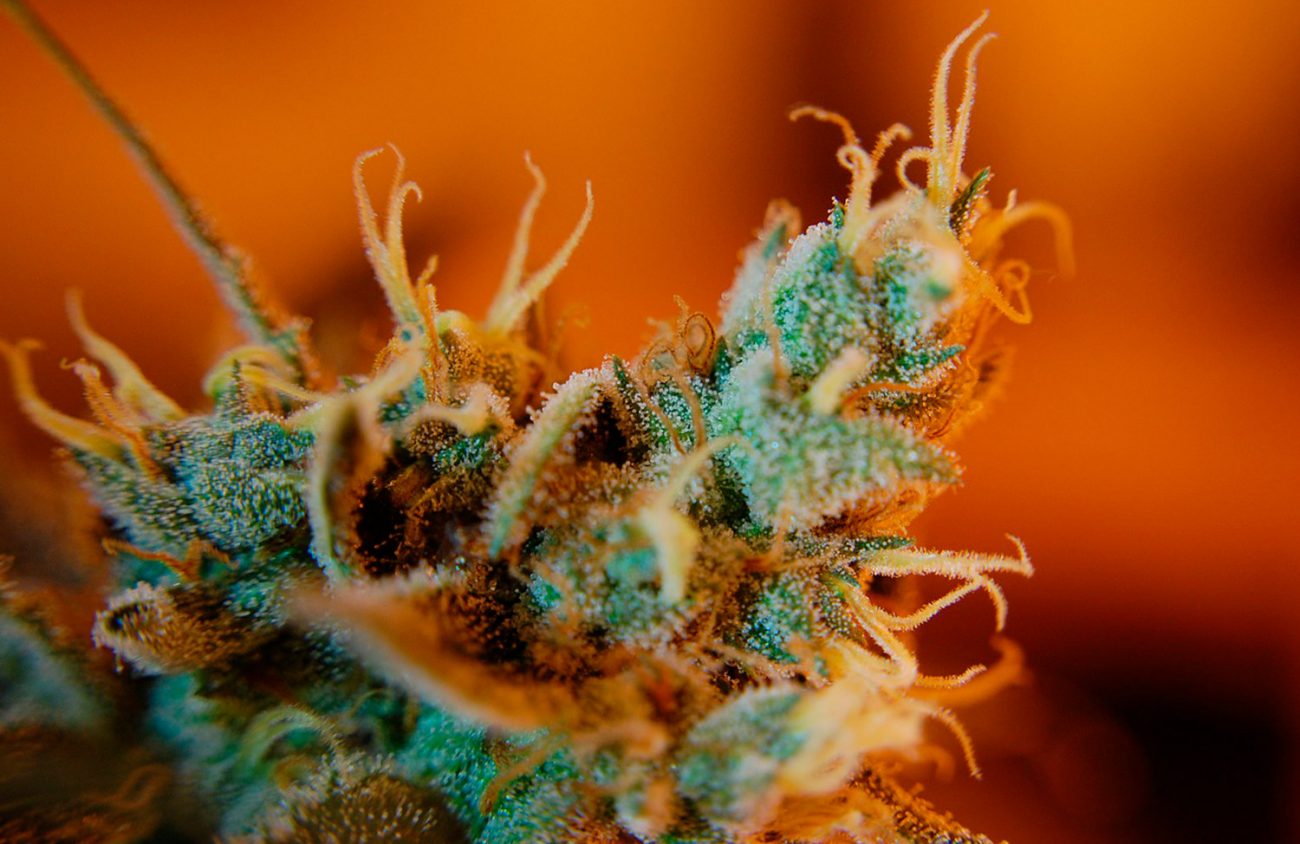The Oregon wildfires not only ravaged entire communities and forests, they also caused significant damage to agricultural crops this season — and cannabis farms are no exception.
Right now, industry workers are unsure of the long-term damage caused by wildfires and the smoke that shrouded the state for weeks. Though conflagrations such as the Holiday Farm Fire and Beachie Creek Fire are seeing some progress with containment, many growers have still been unable to return to their farms and assess the damage or even understand the effects retailers, who receive products later in the process, may experience.
The Oregon Liquor Control Commission (OLCC) sent out a wildfire impact survey Sept. 17 and has received 60 responses regarding the damage or loss of marijuana crops. Of those who filled out the survey, 31 percent reported a partial or total loss of crops. Another 25 percent said they are unsure of the damage, due to being evacuated, and the rest said no there was no damage.
For producers and retailers who faced evacuation, 89 percent said they did not move their products to other OLCC licensed businesses and only 10 percent did transfer their products. Some businesses owners have been able to bring their products back, and others who don’t know when or if they even can put their products back on their own shelves.
While destruction from the fires themselves is to be expected, the wildfire smoke poses another threat. Casey Houlihan, executive director for Oregon Retailers Cannabis Association (ORCA), says that many farms are still trying to figure out the impact, but that it’s difficult to know. For example, the ash covering leaves could potentially impact the flavor of the finished product, Houlihan says.
“They may not be sure until all the drying and curing of the cannabis is finished,” he says, adding that it may depend on the level of severity.
In addition to taste, cannabis, like many other crops, is usually harvested in the fall between September and October. But Houlihan says that many farmers are unsure of the impact of delaying the harvest for several weeks due to the evacuations. Some growers stayed behind to protect their crop, but others were forced to flee, leaving plants unattended.
As growers return to their crops, Houlihan says that many of these businesses are struggling with insurance. “Many insurances don’t cover cannabis the way it covers other crops,” he says.
Kim Lundin is the executive director of the Oregon Cannabis Association. She says the reason many cannabis growers are uninsured is because the industry is not federally legal, so most national insurance companies will not cover marijuana crops. This is also why the cannabis industry does not qualify for federal aid, Lundin says, adding that Congress recently introduced legislation that advocates for these businesses to get financial help.
“We are not asking for special treatment. We are just asking to be included,” she says.
Houlihan emphasizes that this is not the first time the cannabis industry has dealt with fires. Many growers have tried to prepare by installing sprinkler systems and firelines and by expanding their planting efforts.
“They are doing what they can to protect their land and business,” Houlihan says. The parts of the state that are vulnerable to fires include some of the best places to grow cannabis in the region.
But the fact remains that the effects of the wildfires on the growers will affect the entire industry. And as wildfire seasons worsen, more farms may be at risk. Lundin says we may not know some of the damage to the retail industry until months later.
“The farmers are the heart of the industry,” Lundin says. “What happens to them affects businesses all around the state.”
